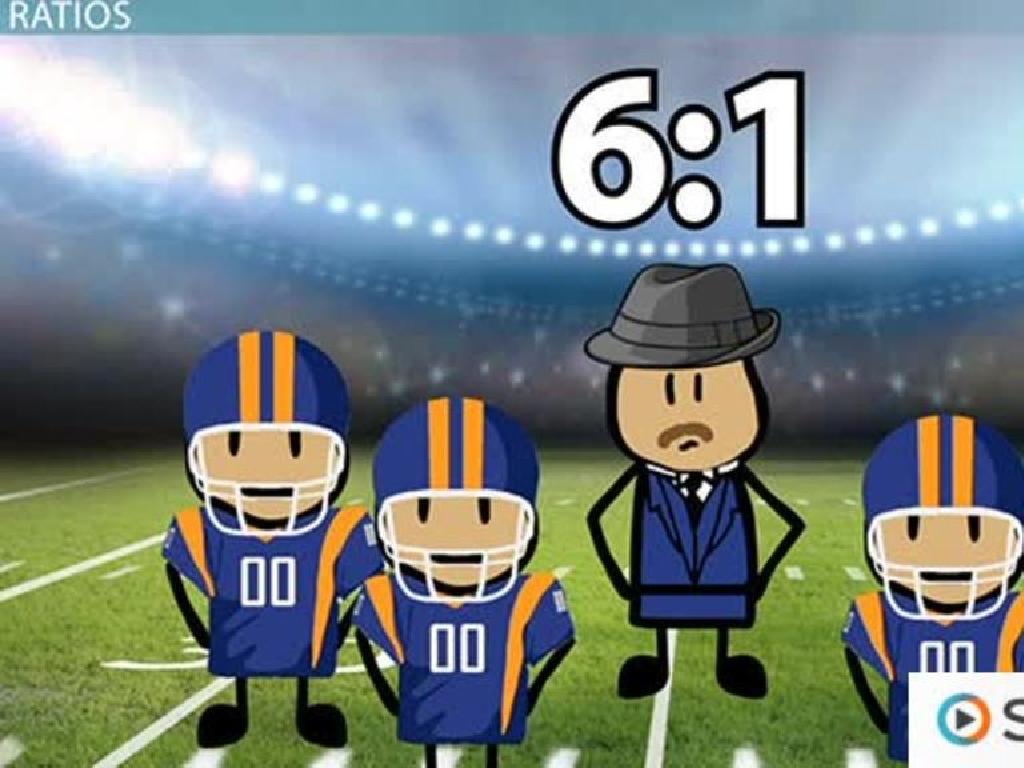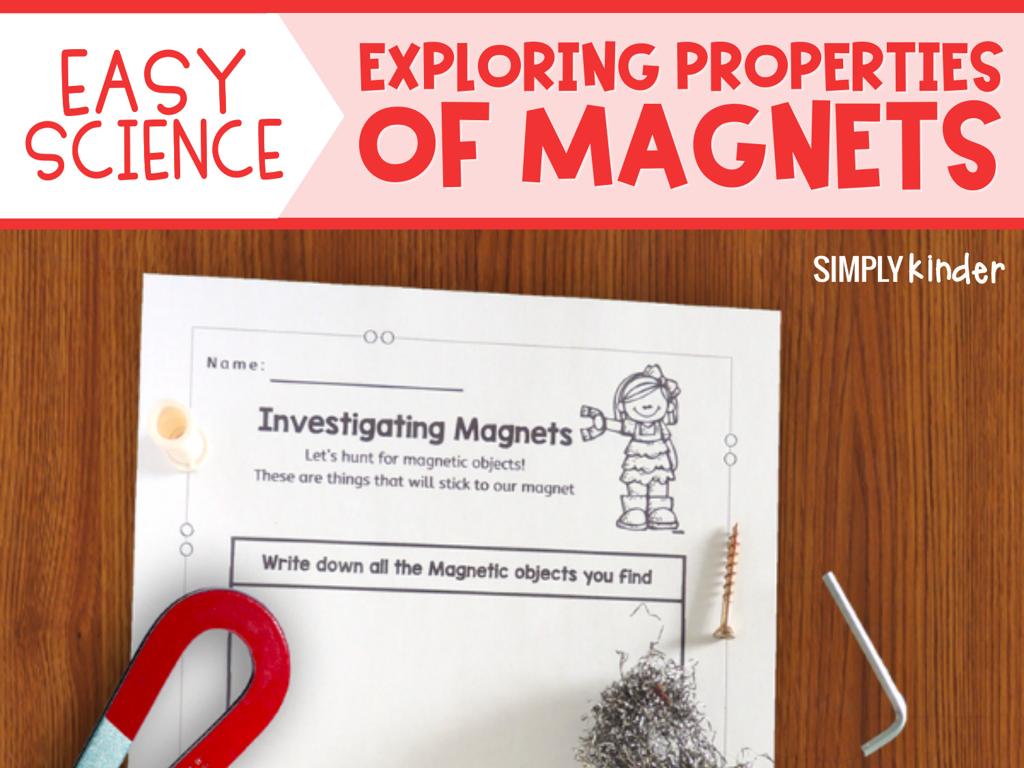Identify Ecosystems
Subject: Science
Grade: Seventh grade
Topic: Ecosystems
Please LOG IN to download the presentation. Access is available to registered users only.
View More Content
Welcome to Ecosystems!
– Explore our environment
– Define an ecosystem
– A community of living organisms interacting with their physical environment.
– Ecosystem examples
– Rainforests, deserts, and oceans are different types of ecosystems.
– Observing local ecosystems
– Investigate ecosystems like parks, ponds, or gardens nearby.
|
This slide introduces students to the concept of ecosystems within the broader topic of understanding our environment. Begin by discussing the environment as the surroundings or conditions in which a person, animal, or plant lives or operates. Then, define an ecosystem as a system that includes all living organisms in an area as well as its physical environment, functioning together as a unit. Provide examples of ecosystems such as rainforests, deserts, and oceans to illustrate the diversity of ecosystems. Encourage students to think about and observe ecosystems that are local to them, such as a schoolyard, nearby park, or garden, and consider the living and non-living components that interact in these spaces. The goal is to foster an appreciation for the complexity and variety of ecosystems and their importance to our planet.
Components of an Ecosystem
– Biotic vs. Abiotic Factors
– Biotic: living things; Abiotic: non-living elements like water, sunlight
– Interaction of Ecosystem Components
– Biotic and abiotic components depend on each other for survival
– Energy’s Role in Ecosystems
– Energy flows from the sun to producers and then to consumers
– Examples of Ecosystem Dynamics
|
This slide introduces students to the fundamental components that make up an ecosystem. Biotic factors include all living organisms within the ecosystem, while abiotic factors encompass the non-living elements such as water, sunlight, and minerals that support life. Students should understand how these components interact, for example, plants (biotic) need sunlight (abiotic) to perform photosynthesis. The role of energy is crucial as it flows from the sun to producers (like plants) and then to consumers (like animals) in a food chain. Encourage students to think of real-world examples, such as a forest or a pond, and discuss how the various components interact within these ecosystems.
Exploring Ecosystem Types
– Terrestrial vs. Aquatic Ecosystems
– Land-based vs. water-based ecosystems
– Examples: Forests, Deserts, Oceans
– Forests: diverse life; Deserts: extreme conditions
– Freshwater Ecosystems
– Lakes, rivers, streams with specific flora and fauna
– Unique Characteristics
– Adaptations like cacti’s water storage or gills in fish
|
This slide introduces students to the concept of different ecosystems and their classifications. Terrestrial ecosystems are land-based and include forests and deserts, each with distinct climates and life forms. Aquatic ecosystems are water-based and can be saltwater like oceans or freshwater such as rivers and lakes. Each ecosystem has unique characteristics and species that have adapted to their environments. For example, cacti in deserts store water to survive arid conditions, while fish have gills to extract oxygen from water. Encourage students to think about how these adaptations help organisms survive in their respective ecosystems.
Food Chains and Food Webs in Ecosystems
– Roles: Producers, Consumers, Decomposers
– Producers make food, consumers eat it, decomposers break down waste.
– Energy flow in ecosystems
– Energy starts with the sun, moves to producers, then consumers.
– Organisms’ interconnectedness
– Every species depends on others for survival.
– Significance of food webs
|
This slide aims to explain the basic components of food chains and food webs within ecosystems. Producers (like plants) create their own food using sunlight, which is then consumed by various levels of consumers (herbivores, carnivores, omnivores). Decomposers (such as fungi and bacteria) play a crucial role in breaking down dead organisms and recycling nutrients back into the ecosystem. Highlight the concept of energy flow, starting from the sun and moving through the different trophic levels. Discuss the interconnectedness of organisms, emphasizing that the extinction or introduction of one species can affect the entire ecosystem. Conclude with the importance of food webs, which are more complex and realistic representations of feeding relationships than simple food chains, showing how multiple chains are connected.
Exploring Local Ecosystems
– Observe ecosystems around school
– Look at different areas: gardens, ponds, fields
– Identify biotic & abiotic factors
– Biotic: plants, animals; Abiotic: rocks, water
– Discuss local ecosystems’ importance
– How they support life & community wellbeing
– Engage in ecosystem protection
– Ways to preserve and respect our ecosystems
|
This slide aims to engage students in understanding and identifying the ecosystems present in their immediate environment. Start by observing various ecosystems around the school, such as gardens, ponds, and fields. Guide students to distinguish between biotic factors (living things like plants and animals) and abiotic factors (non-living things like soil, water, and rocks). Discuss the role these ecosystems play in supporting life and the wellbeing of the community, emphasizing the interdependence of organisms. Encourage students to think about how they can contribute to the protection and preservation of these local ecosystems. This activity will help students appreciate the biodiversity around them and understand their role in maintaining ecological balance.
Human Impact on Ecosystems
– Human activities’ dual effects
– Activities can harm or help ecosystems, like pollution vs. planting trees.
– Conservation efforts
– Efforts include creating reserves and passing environmental laws.
– Ecosystem protection
– Protecting habitats from degradation and supporting biodiversity.
– Our role in ecosystem health
– Individual actions contribute to larger ecosystem preservation efforts.
|
This slide aims to educate students on the complex relationship between human activities and ecosystems. Highlight both the positive and negative impacts humans can have, such as the detrimental effects of pollution or deforestation versus the benefits of reforestation and clean energy initiatives. Discuss the importance of conservation programs and legal protections for endangered habitats and species. Emphasize the significance of each person’s actions in contributing to the health and sustainability of ecosystems. Encourage students to think of ways they can help, such as participating in local clean-up projects or reducing waste. This will foster a sense of responsibility and empowerment to make a positive change.
Class Activity: Ecosystem Exploration
– Explore nearby ecosystems
– Group task: Biotic & Abiotic factors
– Identify living (biotic) and non-living (abiotic) elements
– Document ecosystem characteristics
– Take notes or pictures of plants, animals, water, rocks, soil, etc.
– Prepare a group presentation
|
This interactive class activity is designed to engage students in hands-on learning about ecosystems. Divide the class into small groups and assign them to explore different areas around the school to find an ecosystem, such as a garden, pond, or patch of trees. Each group should identify and list the biotic and abiotic factors they observe. Encourage them to take notes, draw sketches, or take photos. After the exploration, each group will prepare a short presentation to share their findings with the class. Possible activities include drawing a diagram of the ecosystem, creating a chart of biotic vs. abiotic factors, or even starting a small project to monitor changes in the ecosystem over time.






